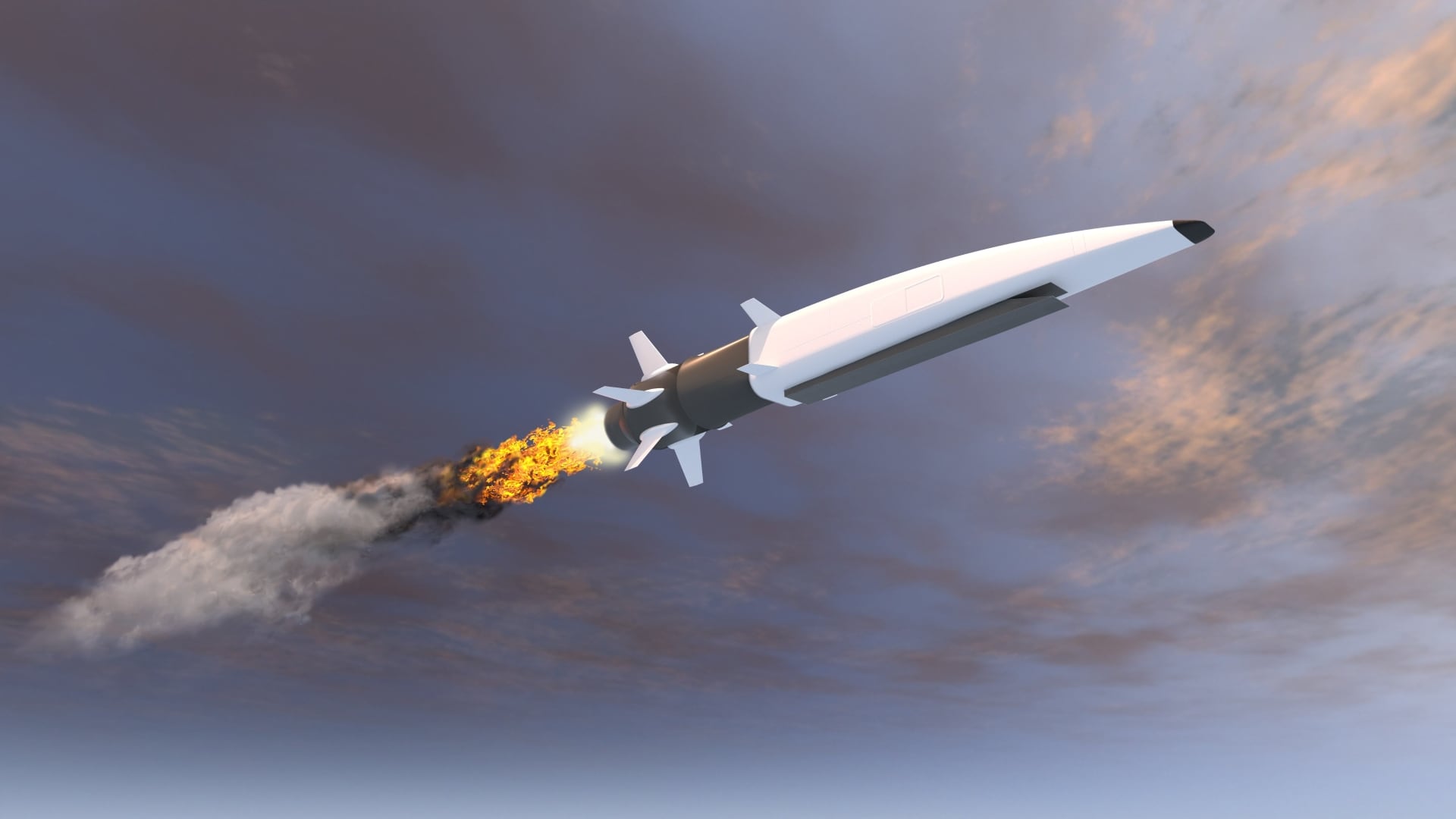In making awards for its Rifleman radio, and issuing a request for proposals for the Manpack, the Army is breaking with the strategy used in its last major radio acquisition.
This time around it will pursue a non-developmental item (NDI) acquisition strategy. This approach puts the burden of development and initial testing on the shoulders of the vendors, prior to the government requesting proposals for a mature system. If products are accepted by the government, the system then goes through government operational testing to ensure system performance, integration and usability.
In a more traditional contracting arrangement, the government would play a greater part in the actual development cycle. By asking vendors to carry more of their weight, "this allows the government to pick the best capability on the market, while also streamlining lengthy government development and test program stages," said Paul Mehney, Army Program Executive Office Command Control Communications-TacticalPEO C3T spokesman.
While the more conventional low-rate production Manpack contract has been successful since being awarded in 2004, "the pace of technology has advanced," Mehney said. Specifically, the "technical maturity achieved in the commercial, software programmable radio field … now allows for effective hardware solutions to be developed more easily by a variety of industry partners."
The market for software-driven radios flourishes, making it possible for the Army to ask industry to step up to the plate with nearly complete products.
Leading vendors says it's an arrangement they can live with. "If you have two or three qualified vendors, if the market and the business case makes sense, they will invest money to go out and develop that product," said Jerry Adams, Harris' director of Army sales.
From Harris' point of view, money spent on development is never wasted. If for any reason an Army contract does not come to fruition, the company will most likely parlay that effort in the commercial market. "We leverage our investment not only for Army but across DoD, across NATO. There is a world market for tactical radio," Adam said.








